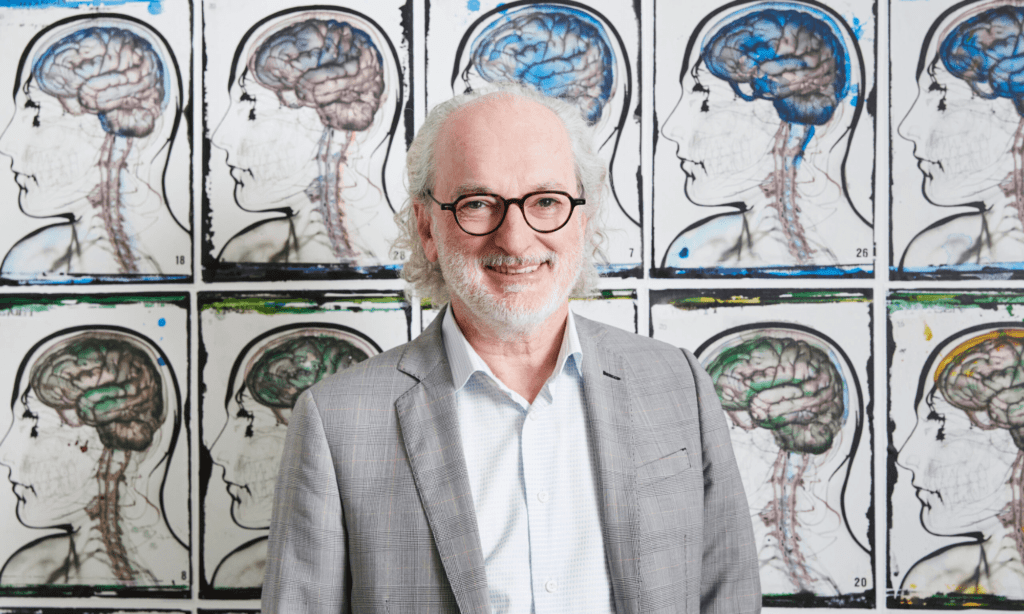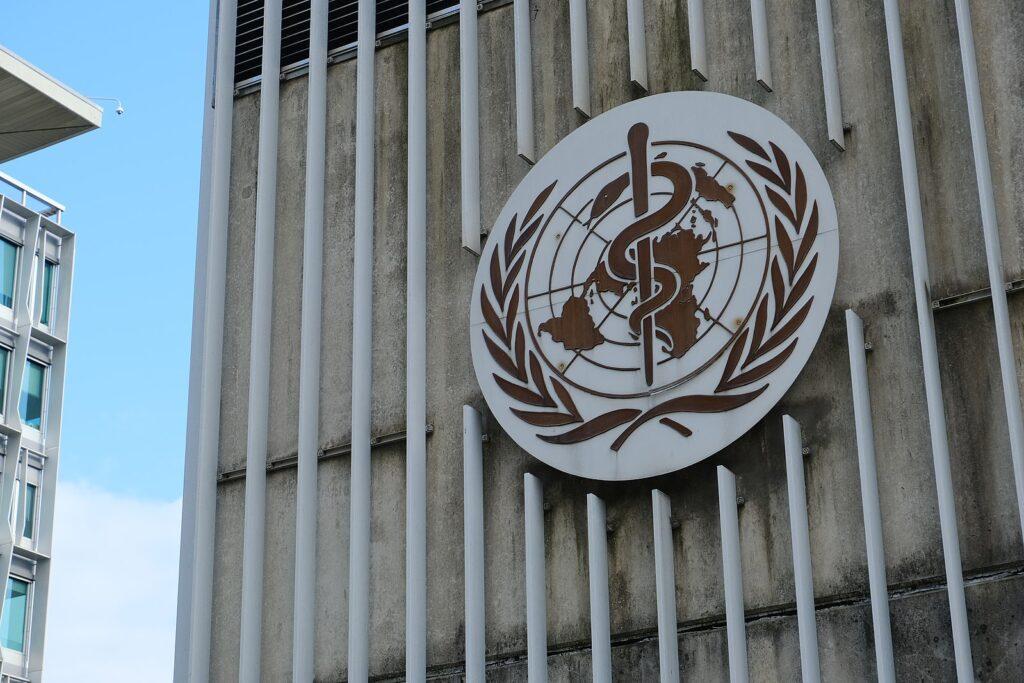Constant rule changes are the bane of many sports fans, particularly those of the various football codes.
But according to a prominent concussion expert, fans should brace for much bigger changes in the future, ones that go well beyond who gets a free-kick.
Prof Mark Cook is a neurologist at St Vincent’s Hospital in Melbourne who treats ex-athletes suffering the ongoing effects of repeated concussions and head injuries. He says in order to reduce the cognitive damage caused by concussion, including seizures, memory loss, dizziness, anxiety and depression, some of our favourite sports will need to look very different.
“The endgame is that we need to have the codes modified and the play altered so as to avoid these kinds of injuries. I think that’s probably going to be the most helpful thing.”
Prof Cook is a board member of the Community Concussion Research Foundation, a non-profit whose aim is to reduce the number of concussions in Australian sports by 25% per year from 2024. It’s an ambitious goal and one Prof Cook says can only be achieved one way.
“You can modify people’s behaviour to an extent, make them more aware and all of that will help but to get these really big numbers in the long term, it’s going to need changes to the codes.”
By codes, Cook means the various types of football, including Australian rules, soccer and both types of rugby, though other sports will likely need to be modified too. He doesn’t nominate the exact changes that will need to be made, but the fact he is canvassing them at all is a measure of how the awareness of concussion and its effects has come in the past decade.

It’s something the CCRF are looking to continue by holding the inaugural Concussion/CTE Awareness Week from July 10-16.
The week will focus on grassroots sport, with toolkits featuring videos and educational resources distributed to schools and local clubs and an academic management plan allowing concussed students to continue their studies.
Prof Cook says these resources will guide local coaches and officials in spotting and treating athletes who may have suffered a serious brain injury.
“Once upon a time we thought ‘you’re alright mate, get back on the field’. You know, ‘you’ll come good’– that’s not the right approach. The toolkit helps to direct people to those with potentially significant problems and suggest more reasonable times that people take off depending on the nature of their injury and the situation generally so that they’ve got the best chance of recovering.”
Despite greater awareness of concussion and its effects, Cook says misconceptions over what type of incidents cause them and other brain injuries remain.
“I think the most important thing is just to make people aware of the potential problems of repeated head injury, even though they may seem minor,” he says.
“You don’t have to get knocked out to get a serious problem, and that’s true of head injuries generally. So some people get bad, bad injuries to their brain without losing consciousness, and then losing consciousness is a good way of determining that something serious has happened. But if you don’t lose consciousness, it doesn’t mean something bad hasn’t happened.”
He also points out that susceptibility to concussion varies from person to person and that some athletes, such as women taking up contact sports, are particularly at risk. The brain being ‘a soft organ inside a hard box,’ as Cook puts it, also means concussions can occur without head knocks and those playing non-contact, non-collision sports are not immune.
“It’s the deceleration (that causes concussion) because again, it (the brain) is a big block of jelly floating in a thin fluid inside this bony box with sharp edges.”
Such a serious, broad-ranging, complex problem would normally require a national approach, especially in a sport-loving country like Australia. Yet guidelines and standards for how to treat concussion remain as varied as its many symptoms.
By holding a national concussion conference, and developing a national accreditation scheme and draft code of conduct, CCRF Chairman Andrew Plympton, hopes Concussion/CTE Awareness Week will go some way towards addressing this.
“Australia desperately needs a consistent national approach to better manage traumatic brain injuries incurred through sport, including a national database, education and a concussion passport for participants” he says.
The focus of Concussion Awareness Week might be on the grassroots, but Plympton’s involvement comes from the other end of the sporting spectrum. A longtime Australian Olympic Committee board member, Plympton was President of St Kilda during the 1990s when the club captain was the late Danny Frawley.
A courageous defender, Frawley’s willingness to put his body – and head – on the line for his team won the respect and admiration of opponents, teammates and fans alike, but came at a terrible cost.
After years of mental health problems, Frawley committed suicide in 2019. A post-mortem examination of his brain revealed Chronic Traumatic Encephalopathy or CTE – a degenerative brain condition caused by frequent hits to the head. First detected in former NFL players, CTE can result in memory loss, a lack of impulse control and aggressiveness and has been linked to numerous suicides.
Plympton says Frawley’s death and the suffering it caused his family highlighted the gravity of sport’s concussion problem.
“It just makes you conscious that people that are glib and flippant about concussions perhaps just need to take a deep breath every now and again and see that when it does affect families to understand that this is an insidious body problem.”
A former chairman of multiple insurance industry companies, Plympton also saw the huge legal and financial risks involved with concussion, and when former AFL player-manager, Peter Jess, started the CCRF in 2021, he was quick to get involved.

AFL player agent and concussion advocate Peter Jess (IMAGE: Chris Hopkins)
Those risks have again been in the spotlight with a new season just underway.
The weekend before the opening game, arguably the sport’s greatest modern-day player, Gary Ablett Snr, revealed that concussions suffered during his career had left him with brain damage. This closely followed news of a landmark class action being launched against the AFL, with up to 60 ex-players seeking $1 billion in compensation over concussion-related injuries. Former Bulldogs premiership player Liam Picken, recently began similar proceedings against the league and his former club.
Once the action started, big hits from Melbourne’s Kosi Pickett and Adelaide’s Shane McAdam, which saw both suspended, suggested the problem could get a lot worse before it gets better.
But in the responses of their respective coaches, Simon Goodwin and Matthew Nicks, Plympton saw signs of progress
“If somebody had suggested five years ago that the coach of the Melbourne footy club would come out with a public statement saying ‘the bump is out and I’ve instructed our players not to engage in it’ the reaction would have been far different than what we’re now seeing.”
Like other traits from elite sport, Plymptom, Cook and the CCRF will be hoping the change in attitude towards concussion will filter down to lower levels.



